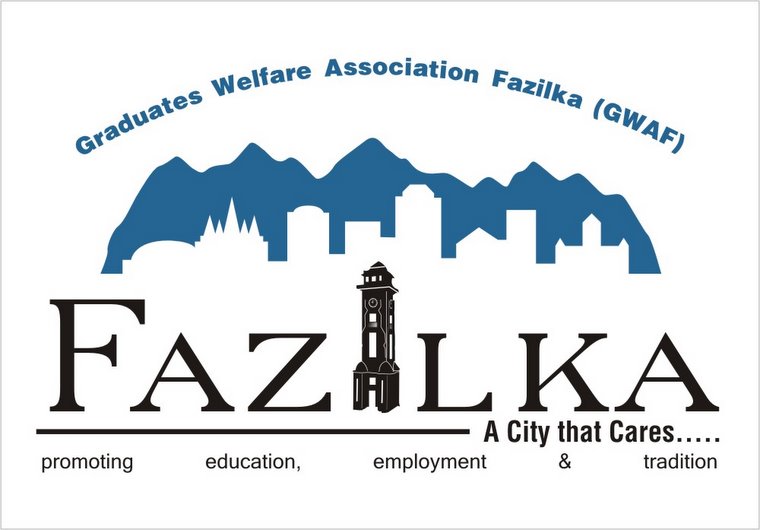“Malwa Region Water Management Programme” by Zamindara Farmsolutions
Mark Twain at the start of the 21st century once said ‘Whisky is for drinking, water is for fighting over," his gloomy view on the water side of the equation later has been endorsed by United Nation in 1999 when Mr. Klaus Toepfer, Director-General of the United Nations Environment Programme said “A future war over water is a distinct possibility”. But Progressive farmer of Fazilka believe to turn down this statement by adopting state of the art irrigation practice to improve yield with minimal use and without wasting water.
First Green Revolution overcame the problems of low yields, pests and lack of scientific farming practices to make India self sufficient in terms of food grain. The second Green Revolution will have to overcome a far tougher problem- the shortage of water.
 Biggest ever project taken by any individual to save 49.5 billion litre of fresh water in Punjab
Biggest ever project taken by any individual to save 49.5 billion litre of fresh water in PunjabIntense use of water and depleting water tables have created a situation where even advanced states like Punjab are finding that the lack of water is now the main impediment to the second Green Revolution. Current irrigation practices are based on flood irrigation whereby the farmer uses Canal/ Tube Well water to flood the plot to be irrigated. This practice is flawed because (a) The uneven level of plots means that large quantities of water and power are wasted and (b) All plants are flooded with water rather than being given water according to their requirement. This alternate wetting and drying with a fixed irrigation interval, irrespective of soil type and climatic demand resulting in over or under irrigation under different soil and weather situations. Here it is important to note that about half of the total fresh water used for irrigation in Asia is used for rice production because of flood irrigation methods[1].
Vikram Ahuja, a progressive farmer and Director, Zamindara Farmsolutions (ZFS) from the region on the launch of “Malwa Region Water Management Programme” quoted “an estimated India’s total landmass under cultivation is varying from 45-48%; food demand has increased significantly with the increase of population. We need to look into some value addition techniques in our existing crop and irrigation pattern to increase productivity, which should be economical for the farmers and best in Indian, and for Malwa region context best is Water Management”.
ZFS, India’s first ISO- 9000 certified agricultural services company, is adopting a science driven approach to help solve the problem. ZFS’s commitment to farming goes beyond profits and it is building active collaborations between agricultural universities, equipment suppliers and farmers. In terms of saving to the farmers are;
- 25% higher yield
- Lower expenditure on fuel/energy in pumping out water
It is based upon their state of the art, agriculture automation process;
(a) Use sophisticated Laser guided instruments for leveling - Preliminary research indicates that each centimeter level gap removed per acre can save upto 10,000 liters of water. Assuming an average gap of 10 cm this translates into a saving of 1,00,000 liters of water per acre. Multiply that by the 30 irrigation’s required for a rice crop and the potential saving could be 3 million liters (30,00,000) litres per acre per rice crop.
Detailed Calculation
(A) Estimated water saving due to LLL per centimeter/per acre on each irrigation = 10000 liters
Average minimum level gap is 10 centimeters
Water Saving 10000 x 10 = 1, 00,000 liters/ one acre/each irrigation
(Minimum number of times irrigation is required on rice field = 30)
Water saving on one acre for only one crop = 30, 00,000 litres
ZFS will laser level targeted 15000 acres this season
15,000 x 30, 00,000 = 450, 00000000 litres
(B) Estimated additional water saving through’ Scheduling soil metric potential based irrigation SMP
Water savings thro’ above (tensiometer) per acre = 3, 00,000 litres
15000 Acres x 3, 00,000 = 4500000000 (B)
(A+B)(Total water saving on 15000 acres = 495, 00000000 liters (49.5 Billion)
This significant saving will help the Malwa belt of Punjab to fight against global warming.
Zamindara Farmsolutions seriously took the recent warming by United Nations about the Ug-99 wheat virus. This fungus virus is capable of wreaking havoc to wheat production by destroying entire fields. The virus, if it reaches Pakistan, could easily reach here in Fazilka, as wheat fields in the Pakistani Punjab are separated barely by a few yards from Indian wheat fields in districts like Ferozepur Amritsar, and Gurdaspur that lie on the Indo-Pak border. ZFS after taking expertise opinion from Punjab Agricultural University, Ludhiana, also planning to start campaign to spread awareness about Ug-99 wheat virus to the farmers. “For us our country’s food security is our prime concern and this is a right time to take all initial measures” said Vikram Ahuja.
The border state abounds in wheat fields and is one of the largest wheat producing districts in the state and country.
[1] Kukal, S. S., Hira, G. S., Sidhu, A. S. (2006) Soil matric potential-based irrigation scheduling to rice (Oryza sativa)., Department of Soils, Punjab Agricultural University, Ludhiana, 141 004, Punjab, India, Irrigation Science, 2005 (Vol. 23) (No. 4) 153-159


No comments:
Post a Comment